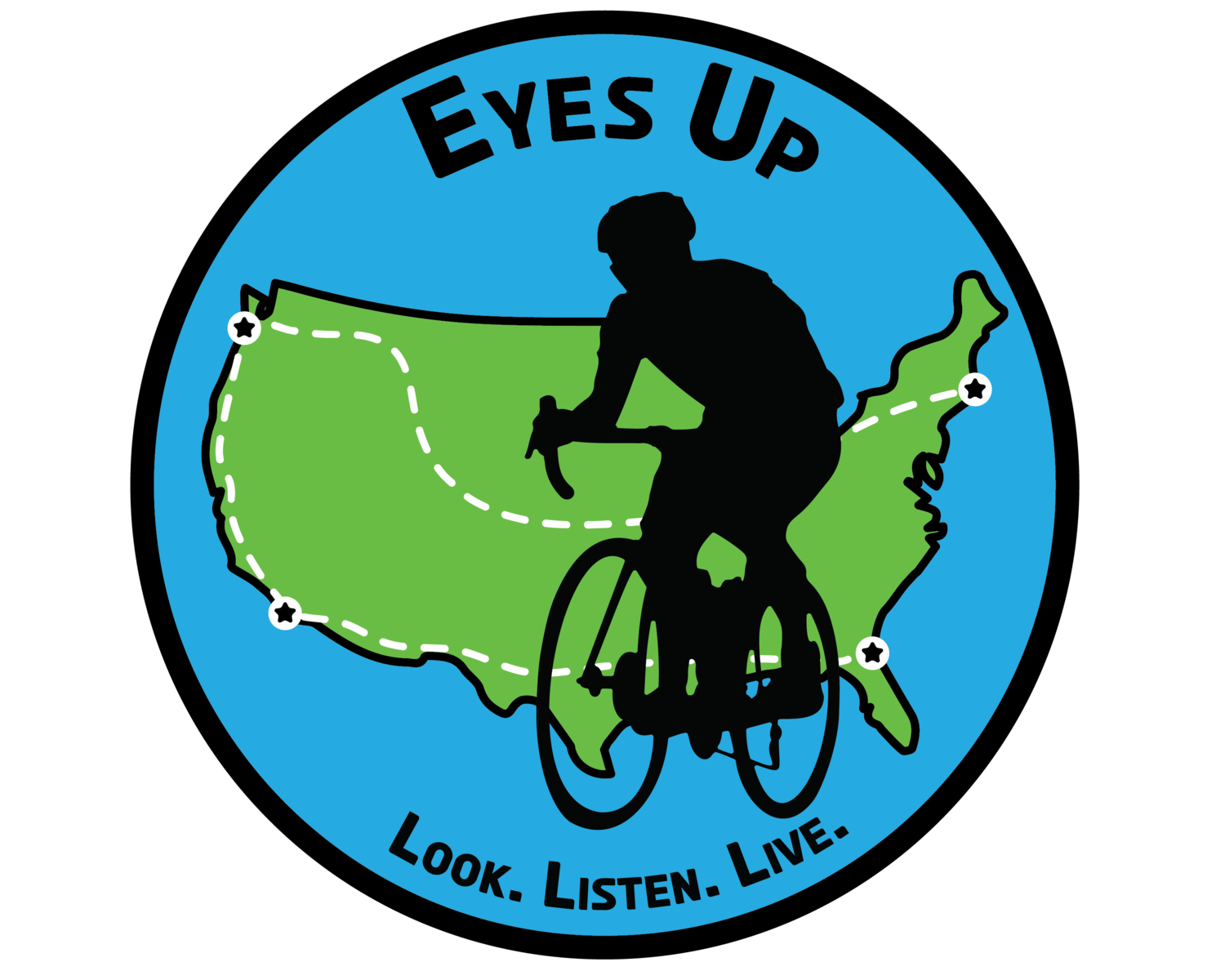What’s beyond awareness?
Over the weekend, I learned that one of my friends who has Allstate car insurance has lowered their rate because of a tracker in the car called Drivewise and a companion app that monitors their driving behavior (including phone use!). This was fantastic to hear and gets at the line of thinking that’s filled my brain for the past couple of months.
It’s the last full week of April, Distracted Driving Awareness Month. Since I’ve deleted most apps on my phone back in mid-March, I have been thinking more critically about what awareness means and how we can do better with distracted driving and make a bigger impact.
Raising awareness is a critical step toward success for any attempt at meaningful change. What does awareness actually mean and look like though? And does its impact last beyond the minutes or hours after the impression/conversation/presentation?
As I have worked through this process and gained experience, networking opportunities, and space to reflect, I find myself coming back to the same question regularly: what’s beyond awareness?
I’ve had hundreds of conversations with people across the country since starting #EyesUpRide about why this cause is important to me and about distracted driving more generally. Often, I believe the person or people I spoke to feel a greater sense of urgency for fighting distracted driving than before our conversation. That’s awesome. Since the beginning of this journey, I have kept my focus on making an impact - any impact - on this problem that kills more than 9 people every day. I believe that the work I have done so far has made a difference and perhaps has saved a life. But is it creating lasting, widespread change? Is there a more effective way to approach this challenge and reach a broader audience while making a bigger impact?
Raising awareness is critical because when the general public lacks knowledge about the magnitude and severity of a particular problem or issue, the challenge of gaining support to enact meaningful change grows significantly. We can’t stop at simply raising awareness and call it a day. Having been in the audience of and spoken to other speakers and advocates for this cause, I know that feeling emotional or motivated to act after hearing someone speak with passion about an issue is great. It might even cause some people to make permanent changes and carry the mission forward.
I also know that often, shortly after these periods of excitement and drive for change, our busy lives and schedules creep back into the forefront of our thinking and the message and emotion wears off a bit. For the vast majority of us, I believe we’re unlikely to permanently change our habits or routines (especially when it comes to something addictive like our phones) without either direct experience with tragedy or the issue in a significant way or repeated and regular trainings and conversations.
Awareness is great and important. And it’s not the whole process of change. Many people have devoted their life to spreading the importance of driving distraction-free to schools, organizations, and communities by sharing their story. I have no doubt these people are making a difference and saving lives every day and I am so grateful for their work. Since December, I felt strongly that my next step would be following a similar path and speaking to people around the country about #EyesUp and to make our roads safer. As I have worked through this process and gained experience, networking opportunities, and space to reflect, I find myself coming back to the same question regularly: what’s beyond awareness?
These past five months have shown me that I am pretty good at speaking to people and engaging with this topic I care so deeply about. I have also learned that I care more about the goal of ending distracted driving than about the means and about speaking specifically. If there’s a way for me to make a bigger impact on the problem of distracted driving, and I believe there is, I want to do it.
By shifting my thinking a bit and without writing off speaking, I opened my mind up to other possible ways to make an impact. I began talking to friends and family about what this could look like and exploring avenues for change.
Could car manufacturers implement technology in their vehicles to minimize distractions while driving? Could insurance companies incentivize distraction-free driving through lower rates and perks (nice one Allstate!)? How about phone manufacturers make Driving Focus turned on by default? Is it possible for all three industries use their massive marketing budgets to not only raise awareness but add gravity to this problem? The answer to all the above is yes. It’s a matter of how and when. This is where my thinking is now.
It is possible to end distracted driving. Despite all of the moments where I have felt deflated, discouraged, and disappointed by seeing egregious distracted driving both from the bike and the car, I believe there are plenty of opportunities to make a lot of meaningful change and help people understand why it’s important. It starts with awareness, and it ends with everyone getting on board and actually changing their behavior. Let’s do it.
Distracted Driving Awareness month may be coming to a close in a few days, but it is by no means the end of the conversation. I love my dumb smartphone (read more on that here) and the benefits that have come with simplifying one aspect of my life that has been the source of so much noise and distraction. Have you made any changes to your habits to live a little bit more #EyesUp?
Thank you for reading and for not driving distracted. Learn how to turn on Driving Focus at EyesUpRide.com/resources. Until next time!
-Ben Grannis
#EyesUp

